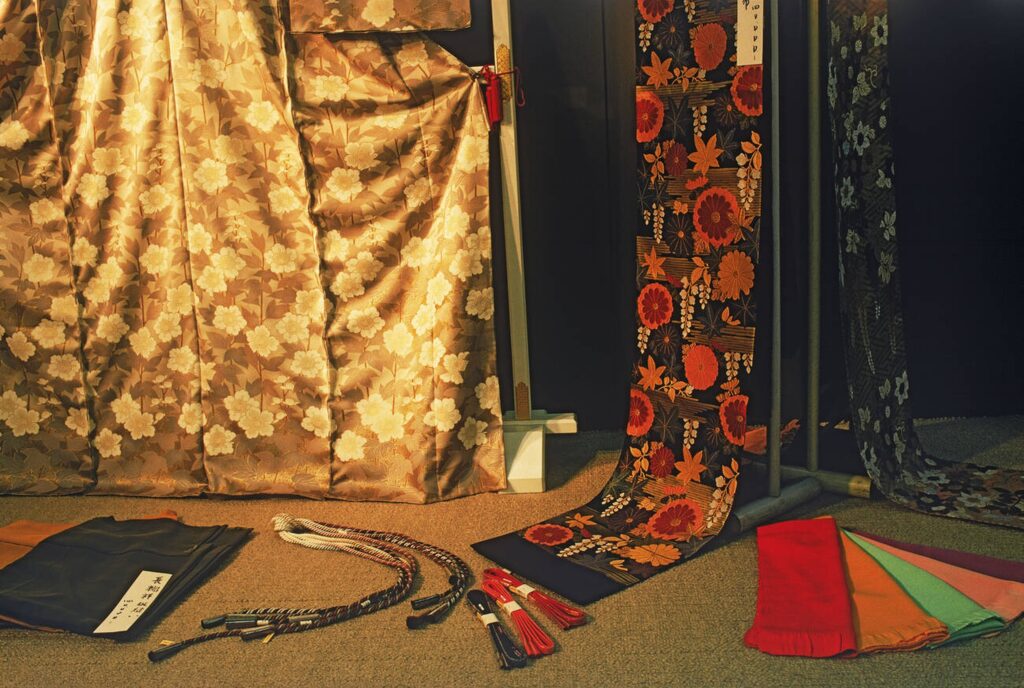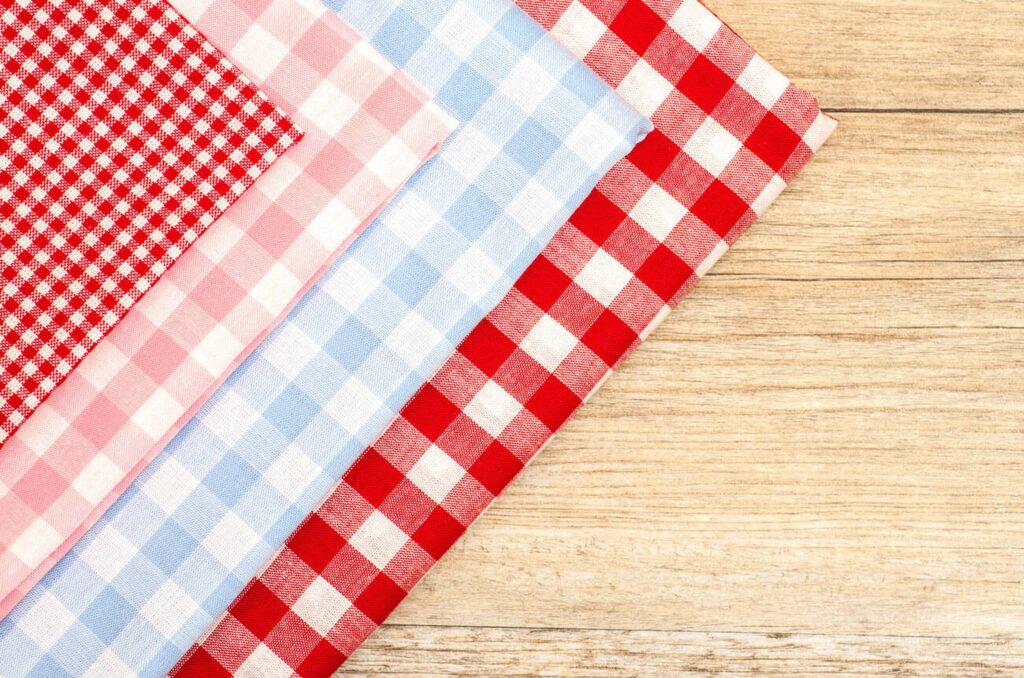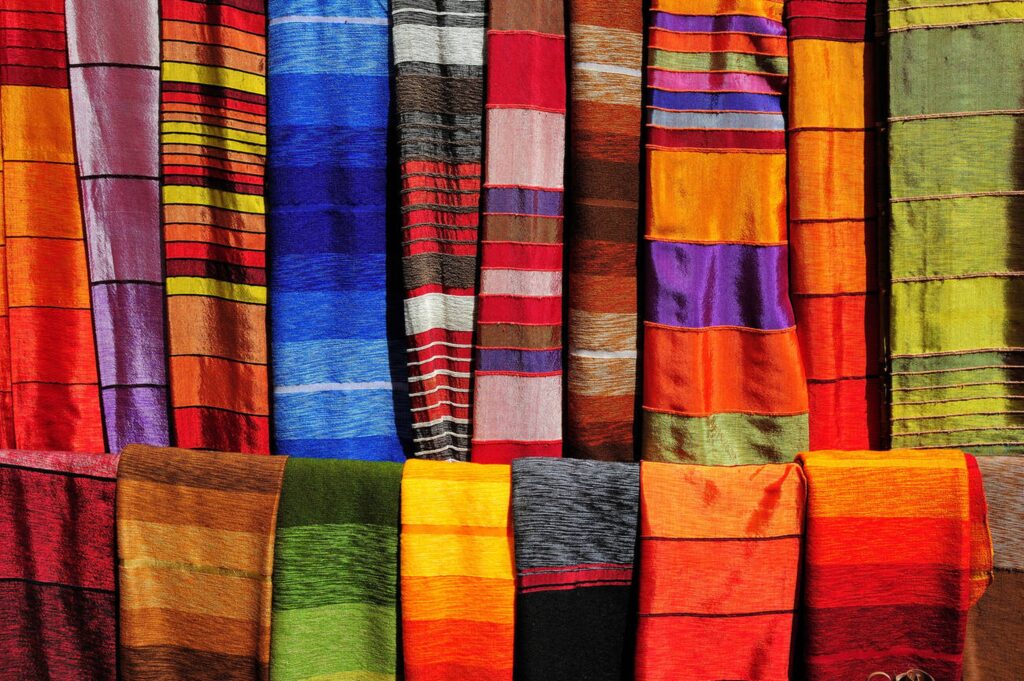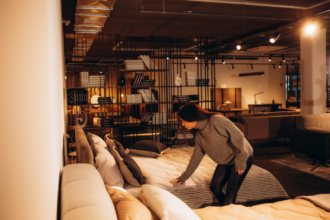Performance fabrics have become a go-to choice for many homeowners and designers alike. These materials are engineered to withstand everyday challenges while maintaining an attractive appearance. They offer durability, stain resistance, and easy maintenance, making them ideal for both residential and commercial use.

Today, the variety of performance fabrics available allows for endless possibilities in design. They come in different colors and patterns, enhancing both functionality and aesthetics. From sofas to outdoor furniture, these fabrics cater to diverse lifestyles, whether there are kids, pets, or frequent entertaining involved.
Understanding how performance fabrics work and where they can be applied helps in making informed decisions. This article will explore the key features, benefits, and trends surrounding these innovative materials, providing valuable insights for anyone looking to upgrade their space.
Key Takeaways
- Performance fabrics are durable and easy to clean, fitting various lifestyles.
- They are available in a wide range of colors and patterns for any design.
- Knowledge of their benefits can guide informed choices for home or office use.
Fundamentals of Performance Fabrics

Performance fabrics are unique textiles designed to enhance functionality and comfort. They utilize advanced material science to meet specific needs in various environments, from activewear to home furnishings. Key properties distinguish these fabrics and make them well-suited for dynamic lifestyles.
Material Science and Technology
Performance fabrics are developed using advanced material science techniques. They often incorporate synthetic fibers such as polyester, nylon, or spandex. These fibers are engineered for exceptional strength and flexibility, following rigorous testing.
Manufacturers apply specific technologies to improve fabric attributes. For instance, moisture-wicking technology draws sweat away from the skin, while UV protection guards against harmful sun rays. The manufacturing process may also involve coating the fibers with water-repellent finishes, making the textiles more durable and easier to clean.
Categories of Performance Fabrics
Performance fabrics can be categorized based on their specific uses and characteristics. Some common categories include:
- Activewear: Fabrics designed for sports and exercise, featuring breathability and moisture management.
- Outdoor Gear: Textiles used in camping and hiking, often resistant to water and wind.
- Upholstery: Fabrics applied in furniture, emphasizing stain resistance and durability for homes with children and pets.
Each category is tailored to meet different needs while retaining key functional properties.
Key Properties
Key properties of performance fabrics set them apart from standard textiles. These include:
- Moisture-Wicking: Draws sweat away, keeping the wearer dry and comfortable.
- Breathability: Promotes air circulation, helping regulate body temperature.
- Stain Resistance: Prevents spills from penetrating the fabric, making it easier to clean.
- Durability: Designed to withstand wear and tear, thus prolonging the life of the product.
These properties serve various users, from athletes needing reliable gear to families seeking lasting upholstery. The combination of these features makes performance fabrics a valuable choice in modern textiles.
Applications and Market Trends

Performance fabrics serve a variety of applications across different industries, reflecting their versatility and adaptability. These fabrics are not only popular in fashion but also find essential uses in industrial settings and eco-conscious designs.
Sportswear and Activewear
Performance fabrics play a significant role in sportswear and activewear. They offer features like moisture-wicking, breathability, and four-way stretch. These characteristics ensure comfort and enhance performance during physical activities.
Brands focus on using advanced textile technologies, such as lightweight materials and temperature control systems. Popular choices include polyester and nylon blends, which provide durability and quick-drying capabilities. The trend towards athleisure wear also encourages the use of performance fabrics in everyday clothing.
Industrial and Protective Clothing
In industrial and protective clothing, performance fabrics are crucial for safety and functionality. Fabrics with flame resistance, chemical resistance, and high visibility are commonly used in sectors like construction, manufacturing, and firefighting.
These textiles must meet strict safety standards and regulations, making them reliable choices for hazardous environments. The demand for durable yet comfortable clothing drives innovation in this area, leading to new materials that offer enhanced protection without sacrificing wearability.
Home and Commercial Interiors
Performance fabrics are increasingly popular in home and commercial interiors. They are used in upholstery, curtains, and other furnishings due to their resistance to stains, fading, and wear.
These fabrics are ideal for high-traffic areas where durability is essential, such as hotels and restaurants. Designers often choose performance fabrics for their ability to maintain appearance over time while also offering a wide range of textures and colors to suit various styles.
Innovations and Eco-Friendly Advances
Recent innovations in performance fabrics include the development of sustainable options. Many manufacturers are now using recycled materials and eco-friendly processes in production.
Smart textiles equipped with electronic components are also gaining traction. These fabrics can monitor health or environmental conditions, adding functionality beyond traditional uses. The shift towards sustainability and technological integration reflects changing consumer preferences for eco-conscious and multifunctional products.














